In the realm of modern medicine, the term "test tube baby" refers to a child conceived through in vitro fertilization (IVF). This groundbreaking technique has revolutionized the way couples struggling with infertility can realize their dreams of having a biological child. Let's delve into the fascinating journey of test tube babies.
IVF involves the fertilization of an egg with sperm outside the woman's body, in a laboratory dish or test tube. The process begins with the administration of fertility drugs to the woman, stimulating her ovaries to produce multiple eggs. These eggs are then retrieved through a minor surgical procedure.
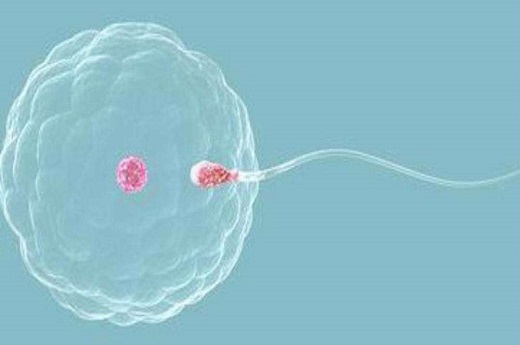
Once the eggs are collected, they are carefully examined and prepared for fertilization. The sperm sample, obtained from the male partner or a donor, is washed and selected for the healthiest and most active sperm. In the laboratory, a skilled embryologist combines the eggs and sperm, creating an environment that mimics the conditions inside the fallopian tubes where natural fertilization occurs.
Over the next few days, the embryologist closely monitors the developing embryos. The strongest and most viable embryos are selected for transfer into the woman's uterus. This procedure, known as embryo transfer, is usually performed two to five days after fertilization. The number of embryos transferred depends on various factors, including the woman's age and medical history.
After the transfer, the woman enters a waiting period, anxiously hoping for a successful implantation. If the embryo implants into the uterine lining, pregnancy occurs. A few weeks later, a pregnancy test confirms the joyful news.
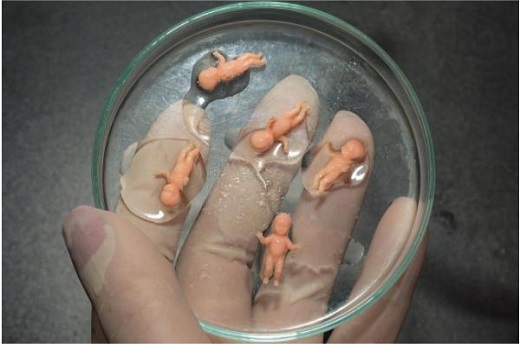
The journey of test tube babies is not without its challenges. The success rates of IVF vary depending on several factors, such as the woman's age, the quality of the embryos, and the expertise of the medical team. Multiple cycles of IVF may be required before achieving a successful pregnancy.
Despite the hurdles, the birth of a test tube baby brings immeasurable joy and hope to couples who have struggled with infertility. It represents a triumph of science and a testament to the resilience of the human spirit.
The concept of test tube babies was first introduced by British scientists Patrick Steptoe and Robert Edwards in the late 1970s. Their pioneering work led to the birth of Louise Brown, the world's first IVF baby, in 1978. Since then, millions of couples worldwide have turned to IVF to fulfill their desire for a child.
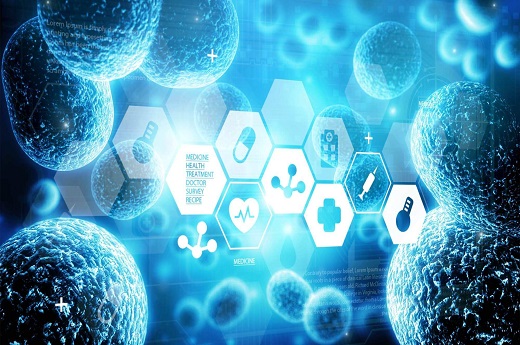
The impact of test tube babies extends beyond individual families. It has sparked ethical debates and raised questions about the boundaries of reproductive technology. Critics argue that IVF interferes with the natural process of conception and raises concerns about the welfare of the resulting children. However, proponents emphasize the immense happiness and fulfillment it brings to couples who would otherwise be unable to conceive.
In recent years, advancements in IVF technology have further improved success rates and reduced the risks associated with the procedure. Techniques such as preimplantation genetic testing (PGT) allow for the screening of embryos for genetic abnormalities before transfer, increasing the chances of a healthy pregnancy.
The story of test tube babies is an ongoing one, with new discoveries and innovations continually pushing the boundaries of what is possible. As science and medicine continue to evolve, the hope of parenthood for couples facing infertility becomes brighter.
In conclusion, the term "test tube baby" may sound clinical, but behind it lies a tale of hope, perseverance, and the power of science. The journey of test tube babies showcases the remarkable achievements of modern medicine and the unwavering determination of couples longing for a child of their own.
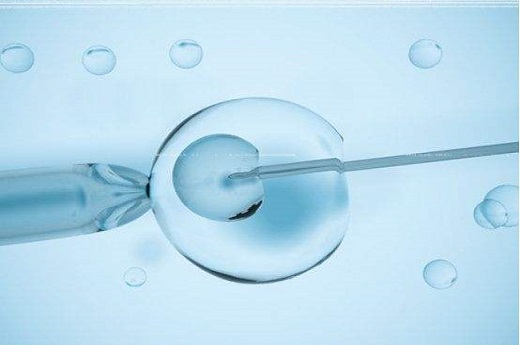
试管婴儿是什么 试管婴儿(In vitro fertilization,IVF)是一种辅助生殖技术,通过将jz和卵子在体外受精,然后将受精卵移植到母体子宫中,帮助无法自然受孕的夫妻实现生育的梦想。试管婴儿技术在20世纪70年代初首次成功,自那时以来,已经帮助了数百万夫妻实现了生育的愿望。
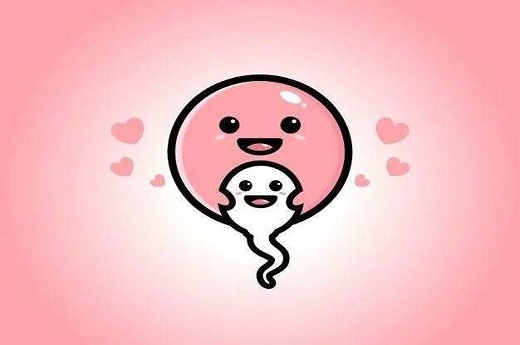
试管婴儿是培养出健康宝宝的科技奇迹 试管婴儿技术是一种现代医学技术,是通过体外受精和胚胎培养技术,将人类受精卵在实验室内培养成为胚胎,然后再将胚胎移植到母体子宫内,从而实现人工辅助生育的一种技术手段。这项技术的出现,使得不孕不育夫妇也有了生育的希望,成为了
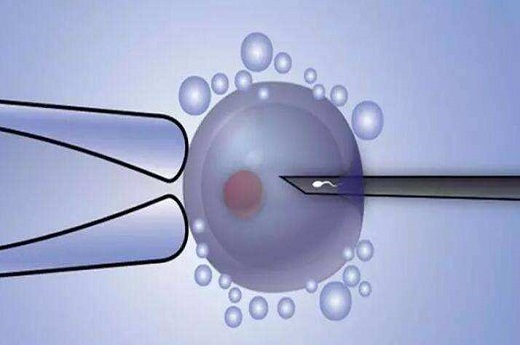
试管婴儿降调方案(Preimplantation Genetic Testing,PGT)是一种通过对试管婴儿胚胎进行遗传学检测,筛选出健康胚胎进行移植的技术。这一技术的出现,为那些有遗传疾病家族史的夫妇提供了一种选择健康宝宝的机会。下面我们将详细介绍试管婴儿降调方案的原理、流程和应用。 1. 原
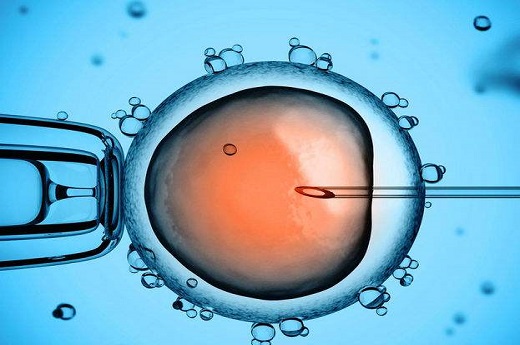
试管婴儿之前吃什么最好? 试管婴儿是一种辅助生殖技术,可以帮助那些自然怀孕困难或无法怀孕的夫妻实现生育愿望。在进行试管婴儿前,夫妻们需要注意饮食,以提高成功率和健康程度。下面我们将为您介绍试管婴儿之前吃什么最好。 1. 均衡饮食 试管婴儿前,夫妻们需要保持均衡的饮食。饮
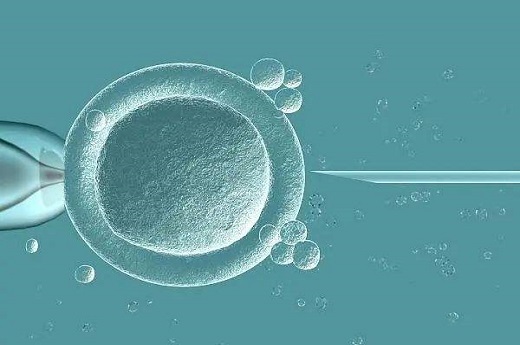
试管婴儿是一种辅助生殖技术,通过将受精卵在体外培养后再植入母体,帮助那些无法自然受孕的夫妇实现生育梦想。但并不是每个夫妇都适合进行试管婴儿,因此需要根据具体情况来确定何时进行试管婴儿。 女性年龄 女性的年龄是影响试管婴儿成功率的一个重要因素。女性的生育能力在
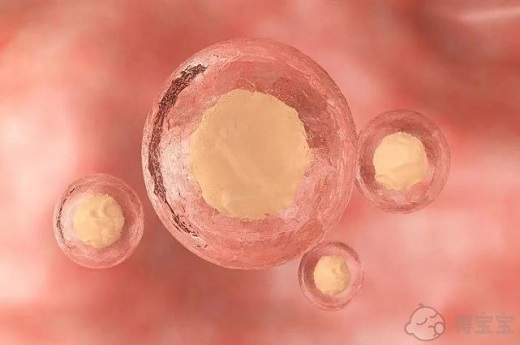
林志颖为什么选择试管婴儿? 试管婴儿是一种辅助生殖技术,通过体外受精的方式帮助不能自然受孕的夫妇实现生育梦想。近年来,越来越多的明星也选择试管婴儿来延续家族血脉,其中包括知名艺人林志颖。那么,林志颖为什么选择试管婴儿呢?下面将从他的个人情况和社会背景等方面
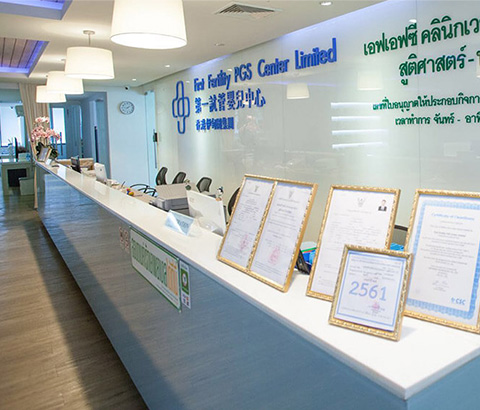
泰国第一试管婴儿中心位于曼谷市中心四季酒店附近,占地1500平方米,是曼谷大型的泰国试管婴儿医院专科诊所之...
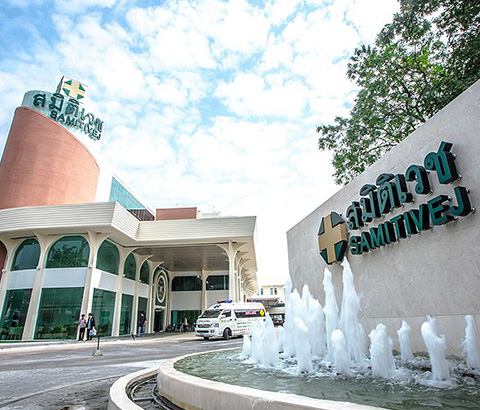
泰国三美泰医院成立于1979年,是泰国同行业中出于领先地位的私立医院集团。其中的总院三美泰素逸坤医院,位于...

泰国威它尼医院是一所在泰国领军的泰国试管婴儿医院,同时面向本地和国际病患。自1994年成立以来,一直提供更...

泰国康民国际医院,泰国试管婴儿医院创立于1980年,2002年首获全亚洲第一个JCI国际医疗认证。位于泰国曼谷的核...